Thursday 26 February to Monday 2 March
After a late arrival and a very long wait to get through immigration and another long wait to retrieve our bags we finally reached Havana. Our first experience in a Casa Particular or home stay. We were shown up steep stairs to a terrace and our green room. It was hot and humid and our room despite its very high ceilings seemed like the hottest place on earth.
We wandered out to get our bearings, staying close to the Capitolio Nacional a slightly taller copy of the Capital Building in Washington DC. It is currently undergoing renovation and not open to view the reportedly lavish inside.
We had dinner in a tiny café nearby.
We started the next day with a circuit on the hop-on-hop-off bus which took us north on the Prado, Havana’s answer to Las Ramblas, then along the Malecon, or promenade, of the water front. It was a grey and windy day, so waves were crashing over the sea wall. We then found the Square of the Republic where Fidel Castro kept his offices and rallied the crowds. Images of Che Guevara and a young Castro are everywhere, but particularly prominent in this square was a large mural of Che and another of Camilo Cienfuegos, one of Fidel’s inner circle who was killed in a plane crash between Camagüey and Havana in 1959.
We drove west to the beach resorts and upmarket homes. On our return we passed the Russian Embassy, resembling a massive square shaped water tower with radio beacons on top.
After our orientation we found the ancient city. Much is renovated but the streets were so narrow the tour bus couldn’t get through, so it is foot power to explore this part of Havana. The city is undergoing massive transformation. The Capitolio Nacional sits between the touristy ‘being fixed’ side and the locals ‘yet to be fixed side’. On the ‘being fixed’ side many of the narrow streets have been repaved for pedestrians only and power put underground. The houses are brightly painted and many of them now support a business such as gift and souvenir shops, hole in the wall supermarkets and small restaurants. Makes for lovely sights.
When Fidel held power in Cuba, private enterprise was extremely limited. Restaurants were obliged to offer a standard menu and could seat no more than 16 patrons. Some changes have come in since Raul took charge and the food scene is slowly developing. Tastes are generally bland, consisting mostly of grilled pork, chicken and fish served with salads of tomato and shredded cabbages.
Facades of buildings have been repaired but often there is a shell inside. In some cases the open interior has been converted to a restaurant or bar, which creates a very nice indoor/outdoor experience.
The cars are exactly what you read about. Hundreds of old American petrol guzzlers. Some have been renovated and sport shiny duco, immaculate upholstery and quiet engines. They are for the tourists. Others look more tired in all ways and are used as taxis for the locals. But the other common car here is the old Russian Lada, the kind that can be fixed with a bit of chewing gum & fencing wire and will run forever.
In such a large city there is no shortage of taxi vehicles, from the genuinely air conditioned person-pedalled tricycles to scooters with a three person canopy behind the driver, and of course the old cars and the Ladas. There are horse and carts and even a contemporary yellow taxi. These taxis and buses are the only public transport to serve such a large city.
You are constantly reminded of Havana’s past in the days of pirates on high seas. All the canons ever used in the Caribbean must have come to Havana because they are liberally used as bollards to stop traffic on the narrow streets.
We continued exploring Havana Vieja, down the Prado, Havana’s answer to the Ramblas, nearly swamped by the massive waves on the Malecón and around the Castillo de San Salvador de la Punta. We then wandered up to the old town Havana Vieja, where the tourists were thick. First stop was the pretty Plaza de la Catedral and the Catedral de San Cristóbal de la Habana which is one of the oldest in the Americas.
The Plaza de Aramas is Havana’s oldest square and was full of stalls selling second hand books including Graham Greene’s and Ernest Hemingway’s stories as well as a large smattering of books by or about Fidel Castro and Che Guevara.
An orchestra was setting up in front of one of the buildings. The musicians were young and it was delightful to have their music in the background as we wandered around the plaza.
We made our way up Mercaderes and into Plaza Vieja where a craft brewery was serving welcomingly cold beers.
The next day we took a walk to the ‘other side’ of Havana and visited one of the shopping malls. I was particularly interested in replacing my sunglasses keeper which had broken. The long walk took us away from the comfort of the tourist zone and past many small businesses. The shopping mall had a large food court and children’s playground on the lower level then wound up through a square court past clothing and sports shops to reach furniture on the fourth level. We didn’t find an optometrist but we enjoyed an opportunity to get outside of the tourist precinct.
In the afternoon we visited the Palacio de los Capitanes Generales to see some exquisite furniture and decorations from two centuries ago.
On Sunday we took a taxi to the west side of the Havana harbour to visit the Morro-Cabaña fortifications there. Rocks rise above the water’s edge making what would appear to be a stronger fort. Castillo de Los Tres Santos Reys Magnos del Morro at the mouth of the river, and Fortaleza de San Carlos de la Cabana, a little further on.
Morro was constructed between 1859 and 1630 to protect the entrance of the fort from pirates and foreign invaders. Despite the impressive fortifications, in 1762 the British Navy swarmed behind the castle and after a 44 day battle took control of it, and a few days later the city of Havana. The British had very few casualties of war, although 4,000 of its 20,000 army succumbed to tropical diseases such as yellow fever. This win was swapped less than a year later with Florida, an important buffer to their American colonies to the north.
Cabaña was built following the British Invasion, between 1763 and 1774 by order of the Spanish King Carlos III. It is the largest Spanish colonial fortress in the Americas and managed to repel all future invaders.
Each fort was a maze of ramparts and pill boxes with numerous canons on display. It seems that all the old canons in the world have been brought to Havana for use as street bollards or displays of fortification.
We finished our day with a one hour ride in a 1954 Chevrelot convertible. Colour was important in choosing our vehicle and Bruce selected the sky blue number with white upholstery. Our driver Rafael had been given the car by his grandfather, which effectively meant he was handed a job. He explained that there are different people who repair the duco, the upholstery and the engine. The government tests the old cars annually and also mandates that power assisted brakes are added for safety. I was glad to know that!
e_header.jpg)










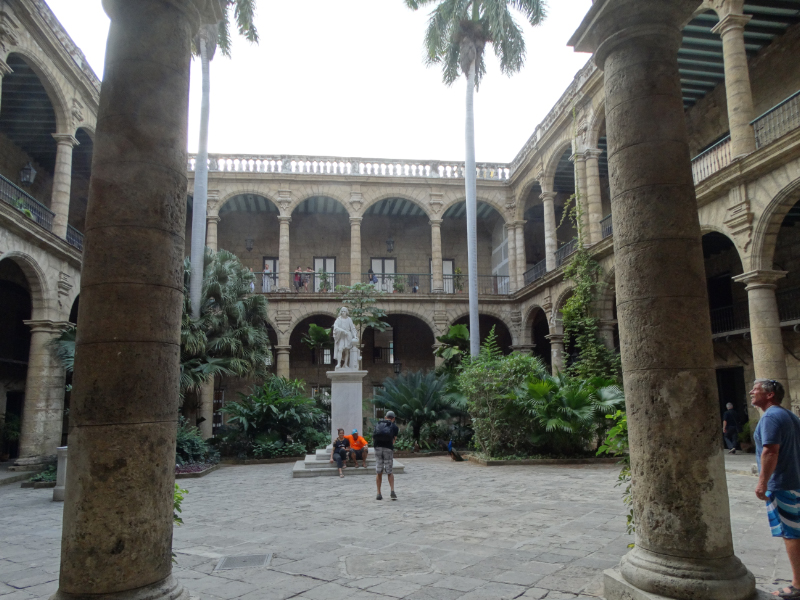

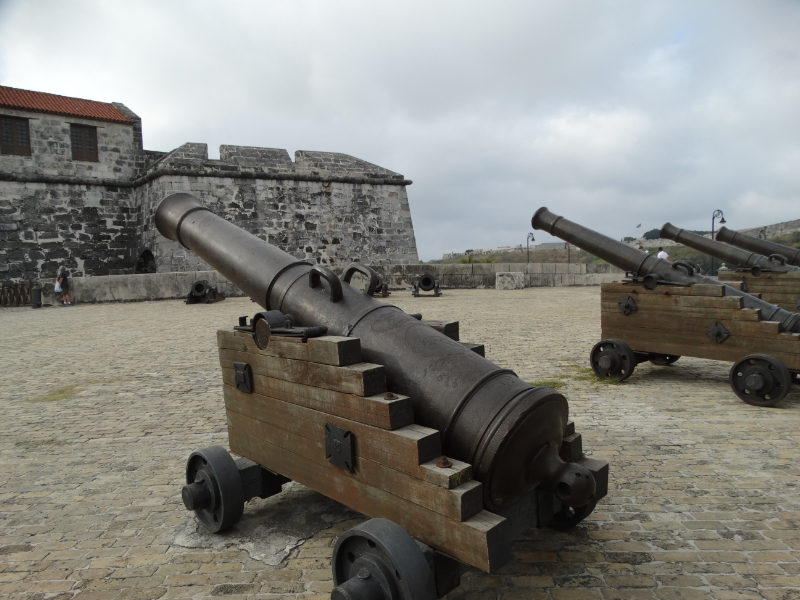




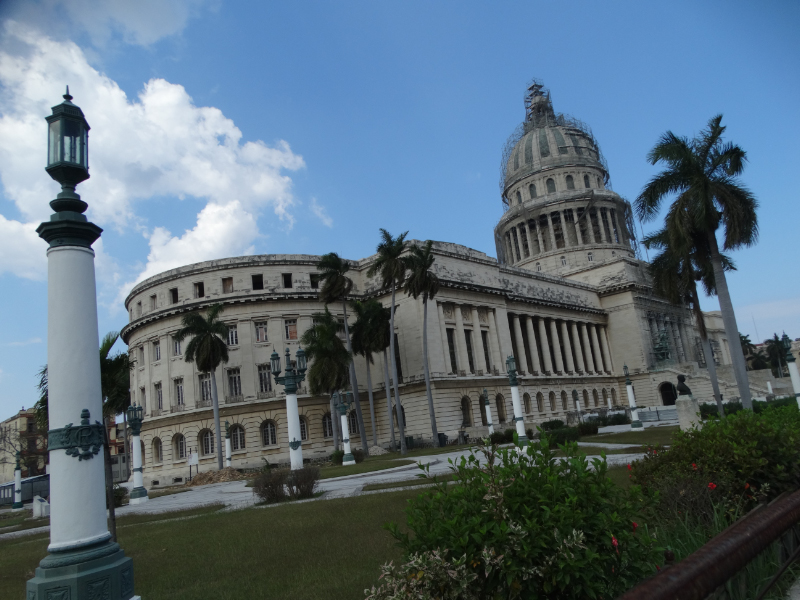








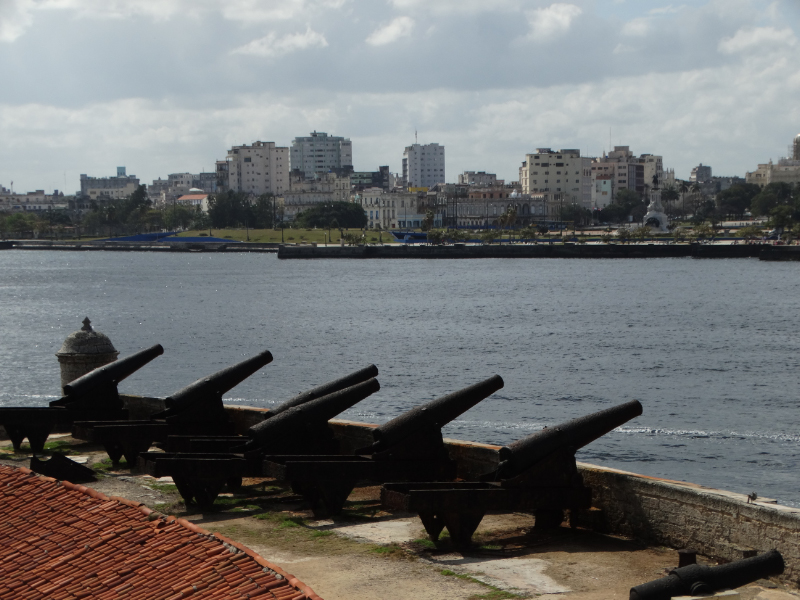



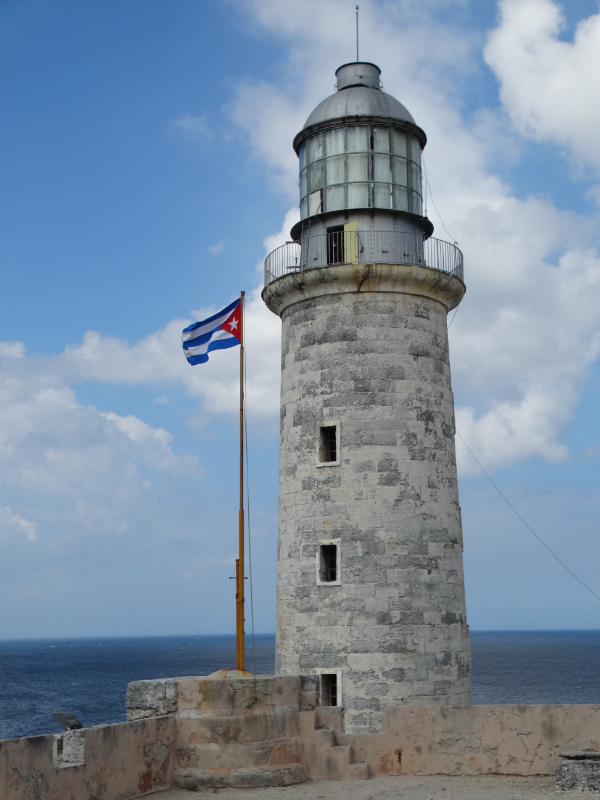

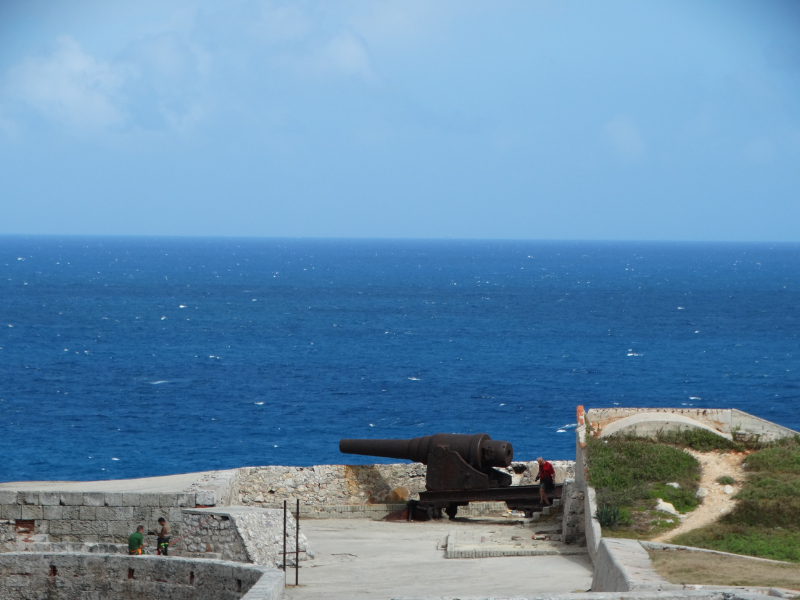


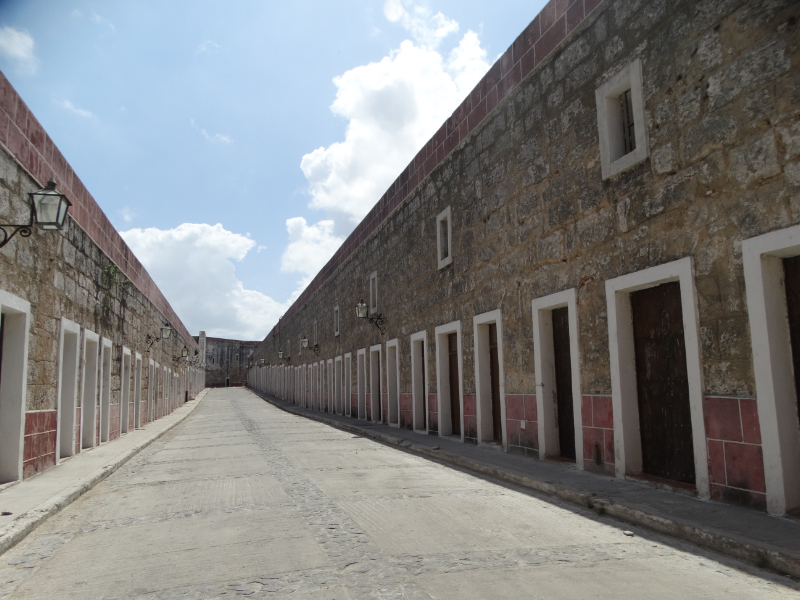







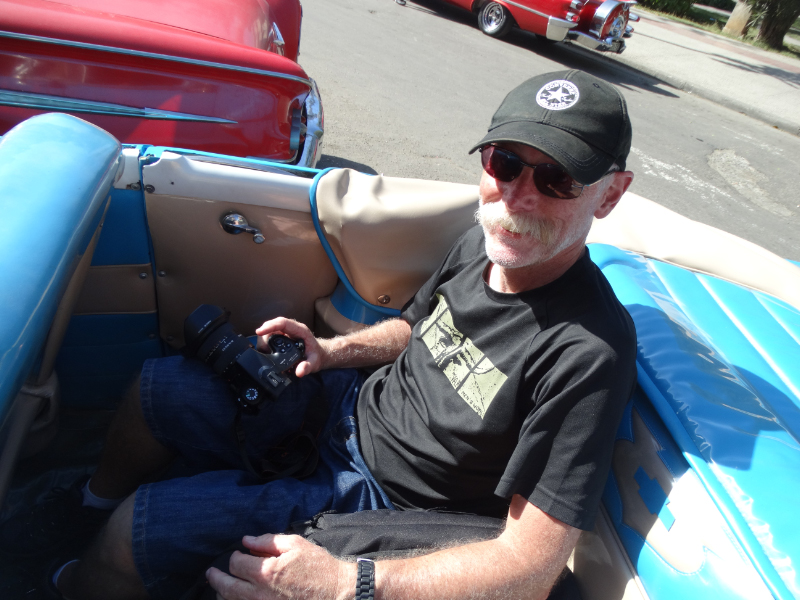
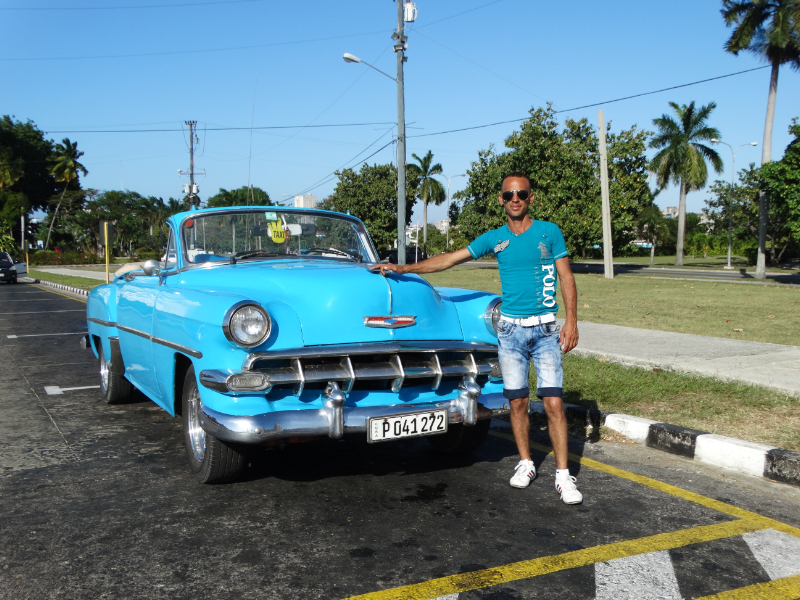

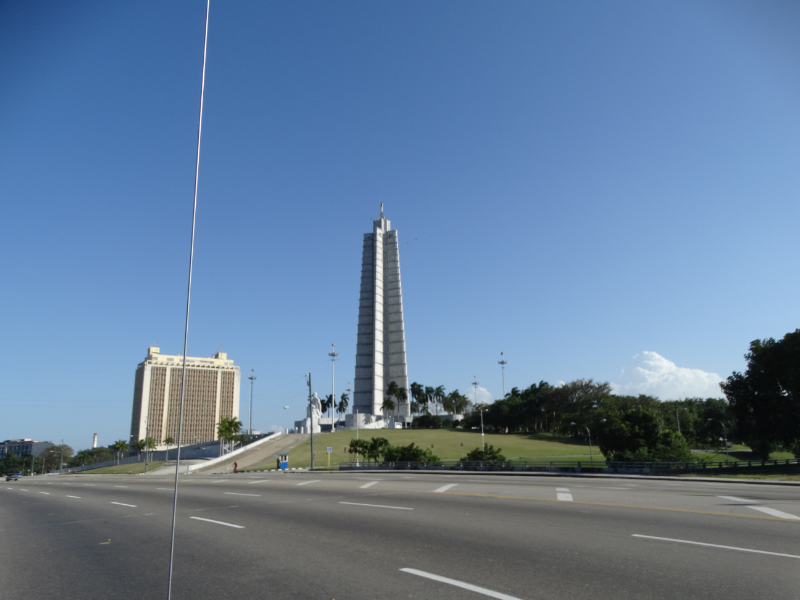






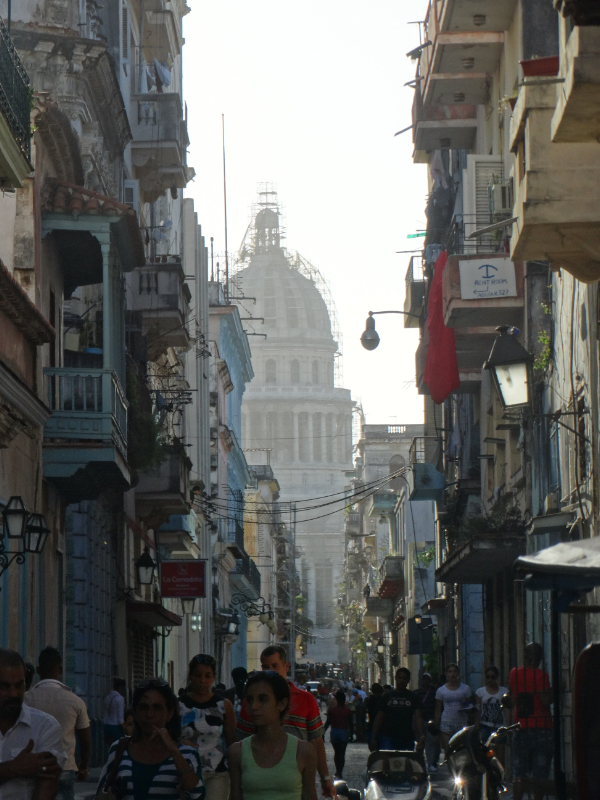























Pingback: You can’t explain Cuba | Thea's blog